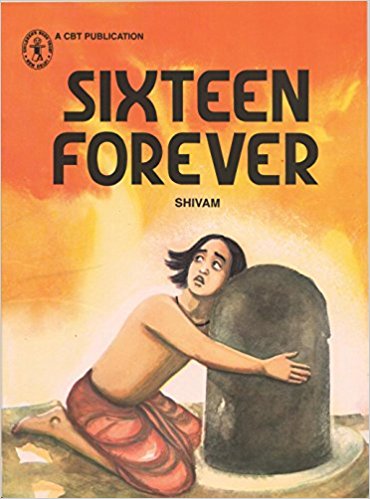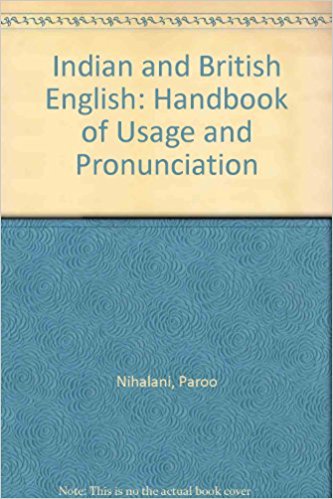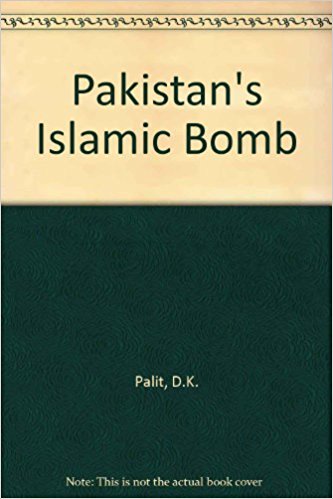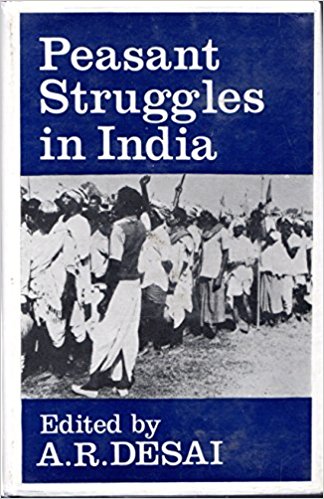These two books part of a series brought out by the Publications Division in honour of the International Year of the Child. The first one is the story of the adventures of Pushpak, an Indian craft, which goes into space to make contact with Trivikrama (so christened by Indian scientists), sent by ‘super-intelligent beings…
Archives
Sept-Oct 1979 . VOLUME 4, NUMBER 2Stories from the Panchatantra seem to be dominating recent publications for children. They are aimed at different age groups. There are four books in the Red and Colour series by Thomson Press, The Monkey and the Crocodile for the very young by Vikas and The Foolish Princes and the Panchatantra, published by Orient Longman…
In their own small way, publishers of children’s books have contributed to the International Year of the Child by publishing various kinds of books for children. Not to be outdone, and creditably, the Publications Division, a public sector organization, has made its own contribution in the form of these six books in Hindi…
Since the child is the adult of tomorrow, we have to make necessary investments in building up this human capital. If steel mills, dams, factories, roads, bridges, nuclear and electronic devices are necessary prerequisites for progress and development, then the human material which builds…
Children’s Book Trust, New Delhi, deserves all praise for its efforts to present a varied fare of folklore, biographies and stories for Indian children.
1979
On Growing Up is perhaps the very first book published in India pealing with the processes of puberty. In a warm chatty style, Tara Ali Baig begins by giving a thumbnail sketch of the origin of man and then goes on to place man in the context of other creatures of the earth. She then discusses…
1979
What is sadly lacking in most Indian story books for children is a light touch with language, originality, and a lively sense of the ridiculous. Most children abundantly possess the last two qualities, but I doubt if they find much in this genre to satisfy them.
Children’s books in India have always been relegated to the last place in anyone’s priorities whether it be the publisher’s or the parent’s! CBT’s pioneering effort in providing some sort of reading material for children aside from the dull text-books that children are burdened with deserves to be highly commended.
We seldom realize, in thinking about human culture and history, how much we depend upon the written word for all we know about the past. Civilization is actually synonymous with writing and for all modern archaeological techniques, it is still writing alone that tells us how people in ancient times lives…
Harold Ross of New Yorker once asked James Thurber if he knew English. Thurber thought that Ross meant French or a foreign language. Ross repeated: ‘Do you know English?’ When Thurber said he did, Ross replied: ‘Goddamn it, nobody knows English.’…
One of the notable features of the developments in India during the colonial period was that despite what may be called perpetuation of her underdevelopment and her structural retrogression. ‘India had a larger industrial sector, with a stronger element of indigenous enterprise, than most underdeveloped countries of the world’.
It is to Zulfikar Ali Bhutto that the credit for embarking Pakistan on a nuclear course goes. The idea of an Islamic Bomb was his and it was he who against much opposition, set up the Pakistan Institute of Nuclear Science and Technology and started negotiations for the Karachi Nuclear Power Plant.
A volume such as this has been needed for a long time. It is true that the peasantry did not play such a crucial and spectacular role in modern Indian history as it has done in other parts of the world, and it is not surprising that India finds no mention in a book like Eric Wolf’s Peasant Wars of the Twentieth Century.








